The Limits BIA power meter is a left-only power meter that sandwiches in between your left pedal and non-driveside crank.
Because it uses standard 9/16in pedal threads, it's theoretically compatible with almost every bike and pedal system.
Priced at just £229, the Limits BIA is also one of the cheapest power meters currently available. This makes it an enticing option for those looking to train and race with power on a budget.
Unfortunately, too many compromises have been made to achieve this price point.
Its poor build quality and a significant, non-negotiable increase in stance width of 36mm (18mm per side) alone should be enough to dissuade riders.
More fundamentally, though, the Limits BIA does not appear to produce accurate or consistent power data, making it impossible to recommend, no matter what it costs.
Limits power meter history
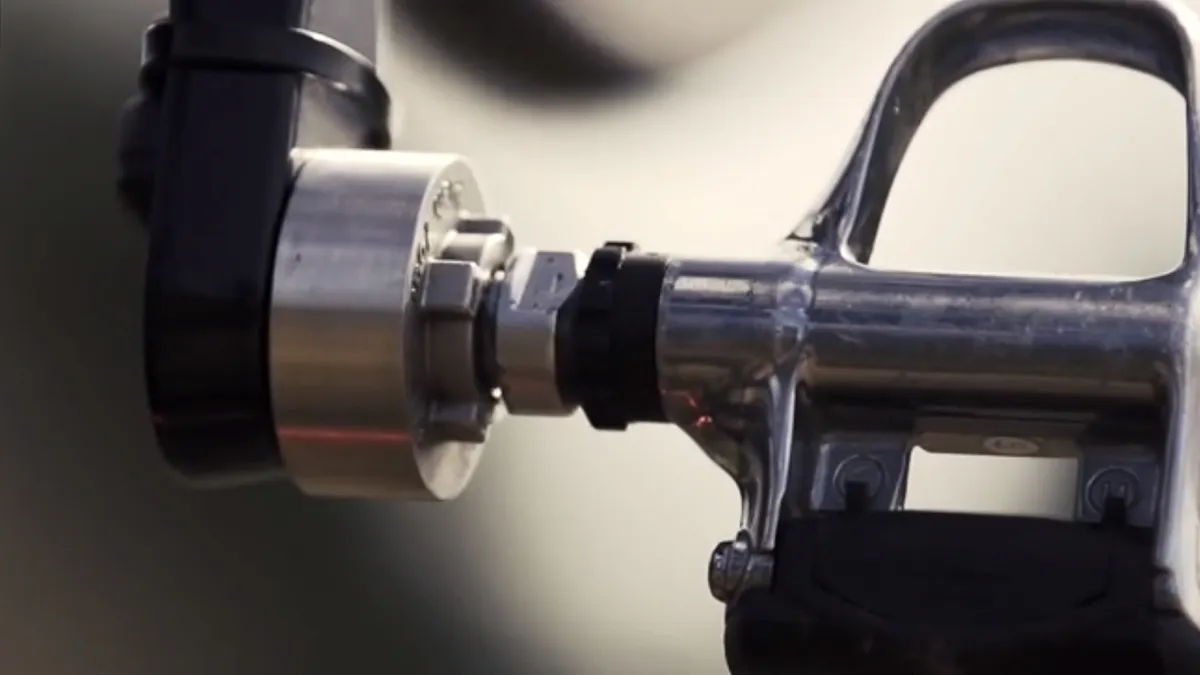
The Limits BIA power meter is a direct descendent of the Limits power meter, which was crowd-funded via Indiegogo in 2015.
After a rocky post-funding period (according to the last update on the Indiegogo project webpage), the Limits power meter is now commercially available as the Limits BIA power meter.
The basic design remains largely unchanged since the power meter’s initial reveal in 2015, although there have, as I’ll discuss later, been some changes to materials and internals.
In essence, the Limits power meter is like power meter pedals such as the Favero Assioma Duo or Wahoo Powrlink Zero, but without a specific pedal body attached.
You simply get the power-measuring pod (and an identically sized spacer for the driveside crank) and attach your pedal system of choice to that.
The price (£229) also remains low, despite the recent global hike in the prices of many bikes and components.
Limits BIA build quality
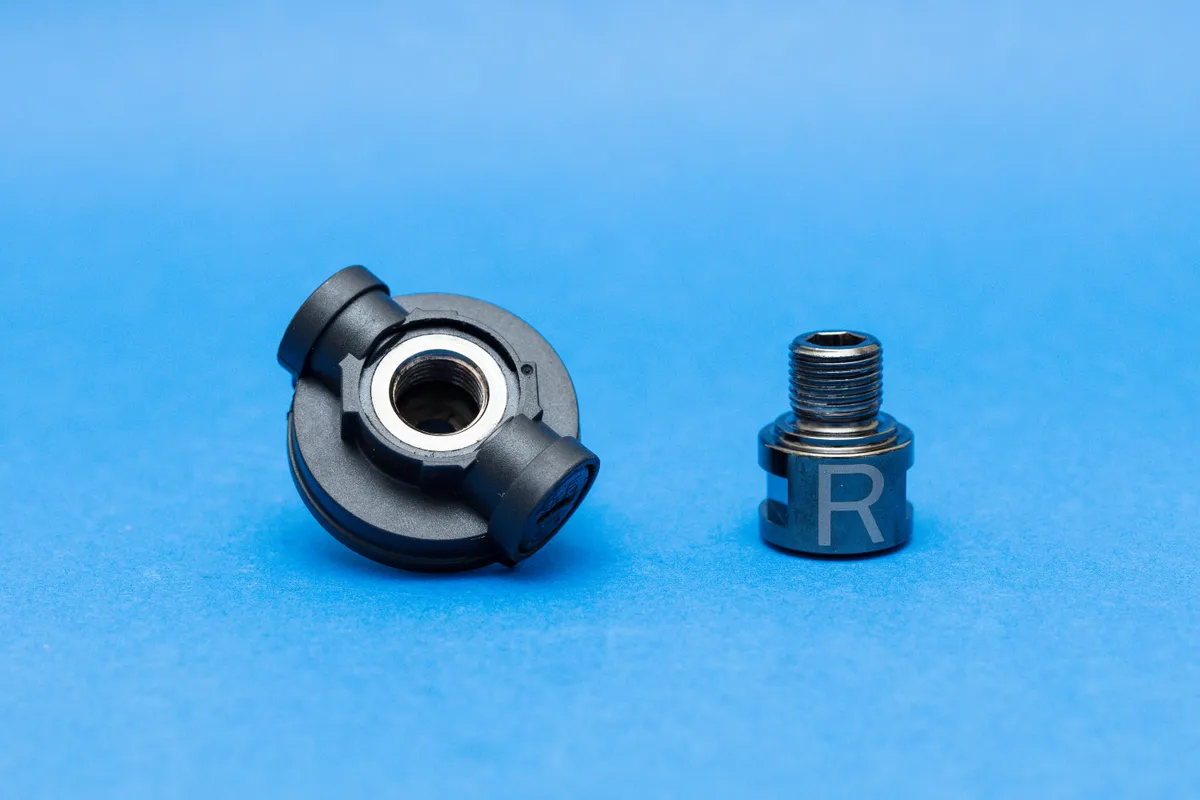
As revealed in our first look, the Limits BIA power meter weighs 47g (without batteries), plus 45g for the driveside pedal spacer, for a total of 92g.
That is, of course, not much in the grand scheme of things, but it’s actually relatively heavy compared to the competition.
The pod on a Stages L power meter crank is claimed to add just 20g, for example, while 4iiii says its pods add only 9g to a crank.
Out of the box, the first task is to install the two SR44 coin cell batteries.
Each battery door opens using a penny. The plastic used here is fairly soft, though, and even after installing just two sets of batteries, the slot on one of the battery doors is already showing wear.
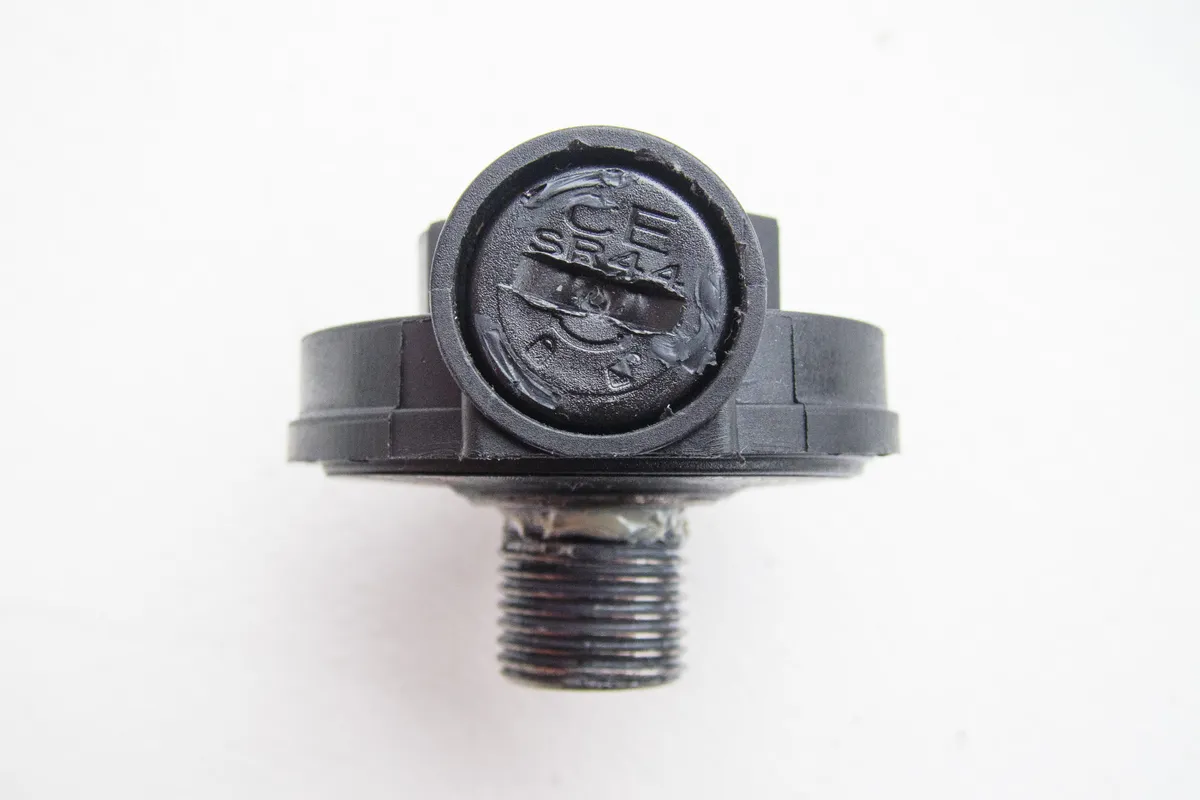
More costly power meters such as the Quarq DFour DUB or Garmin Rally RS200 pedals use threaded metal doors, which are much more robust.
But even the plastic battery doors on comparably priced options, such as Stages and 4iiii, feel hardier and have a more refined finish.
This matters because battery compartments on power meters are one of the places where the internal electronics are most easily exposed to the elements.
Some first-generation Stages units (including one I owned), for example, suffered battery drain issues as a result of a battery door design that was easily damaged and poorly sealed.
That a bag full of spare battery doors was included with my Limits BIA test unit therefore didn’t inspire confidence, but Limits said these were included to support testing and not because of any known issues.
Customers only receive two spare battery doors as standard, and Limits stressed this isn't because they’re easily damaged, but because they are, in its opinion, small and easily lost.
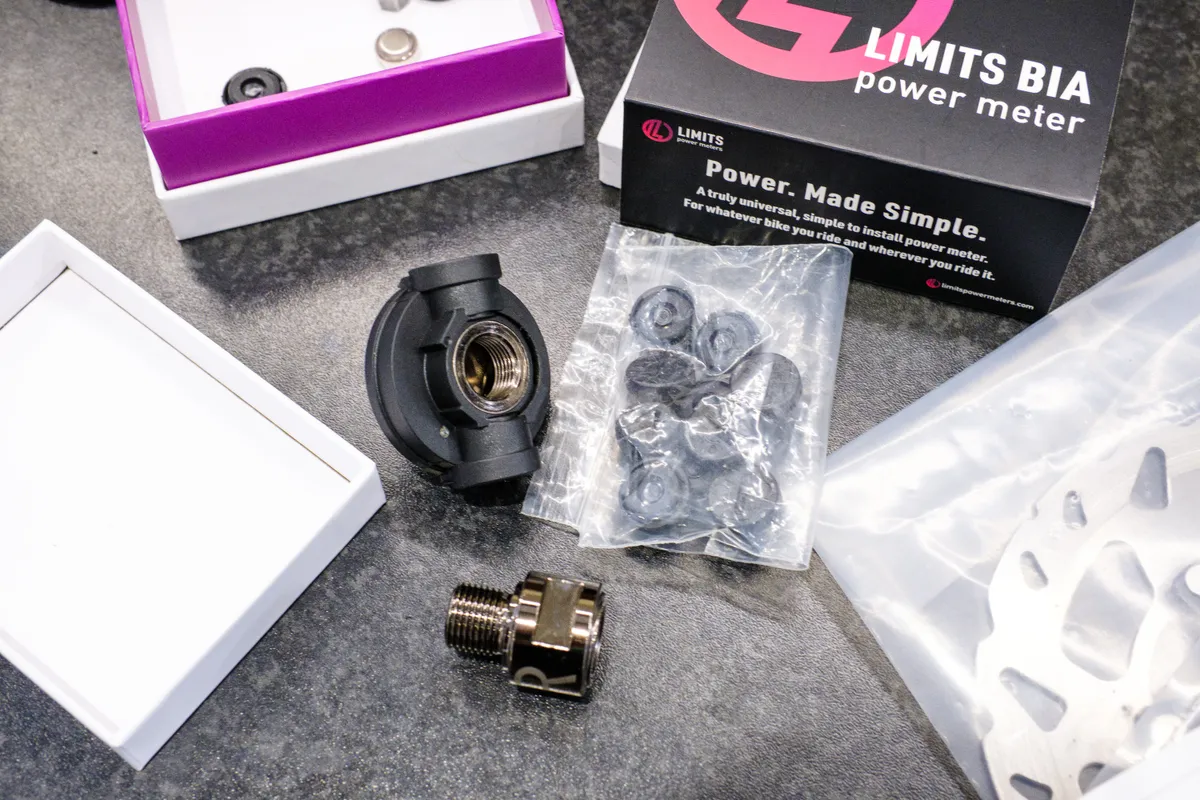
In contrast to the CNC-machined Chromoly steel housing shown off when Limits launched its Indiegogo project in 2015, the Limits BIA power meter uses plastic throughout.
There’s also a removable plastic cover around the main body of the power meter, which Limits calls “the Limits Armour”.
The idea is that should the power meter get knocked (on a rock or kerb, for example), this acts as a sacrificial part to take the damage.
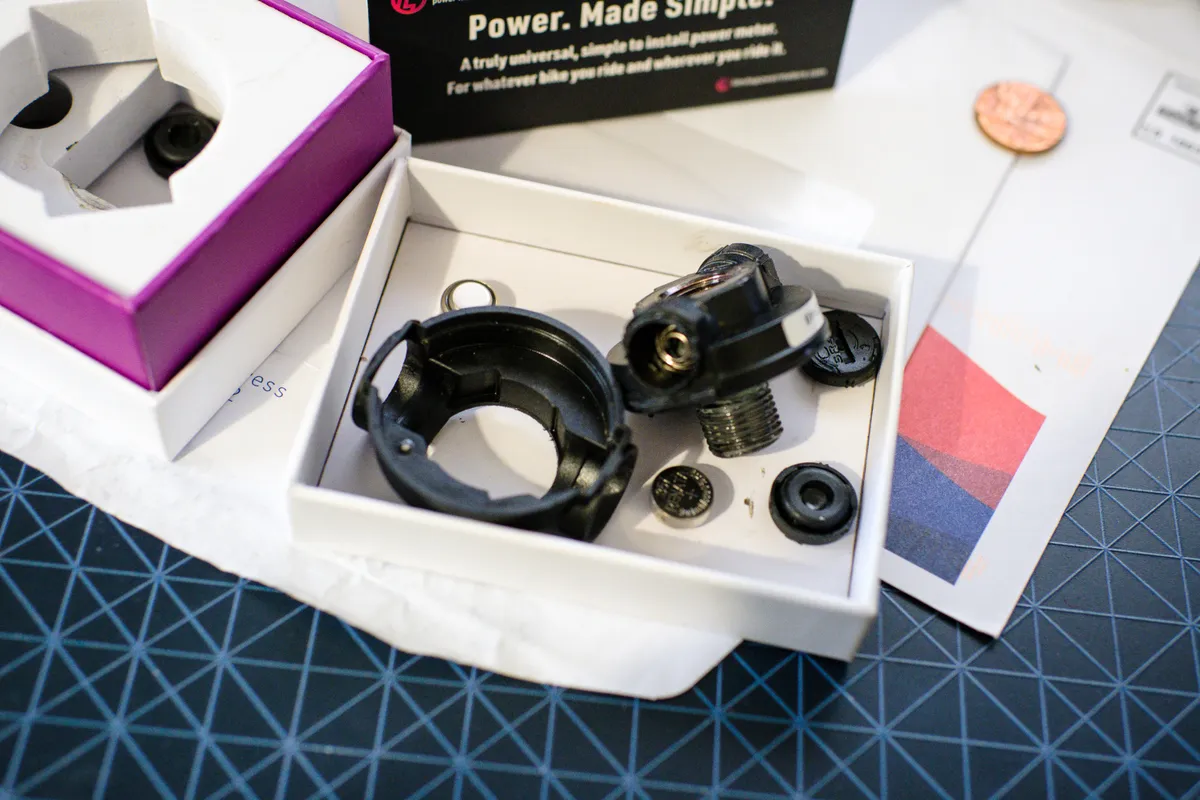
Comparably priced options, such as the SRAM Rival AXS DUB power meter (£230), the 4iiii Precision 105 R7000 (£249) and Stages L 105 R7000 (£325) all offer hardier construction.
Should something go wrong, Limits offers a warranty period of one year. This is in line with what Stages offers, but most power meter manufacturers typically offer two or more years.
Limits BIA waterproof rating
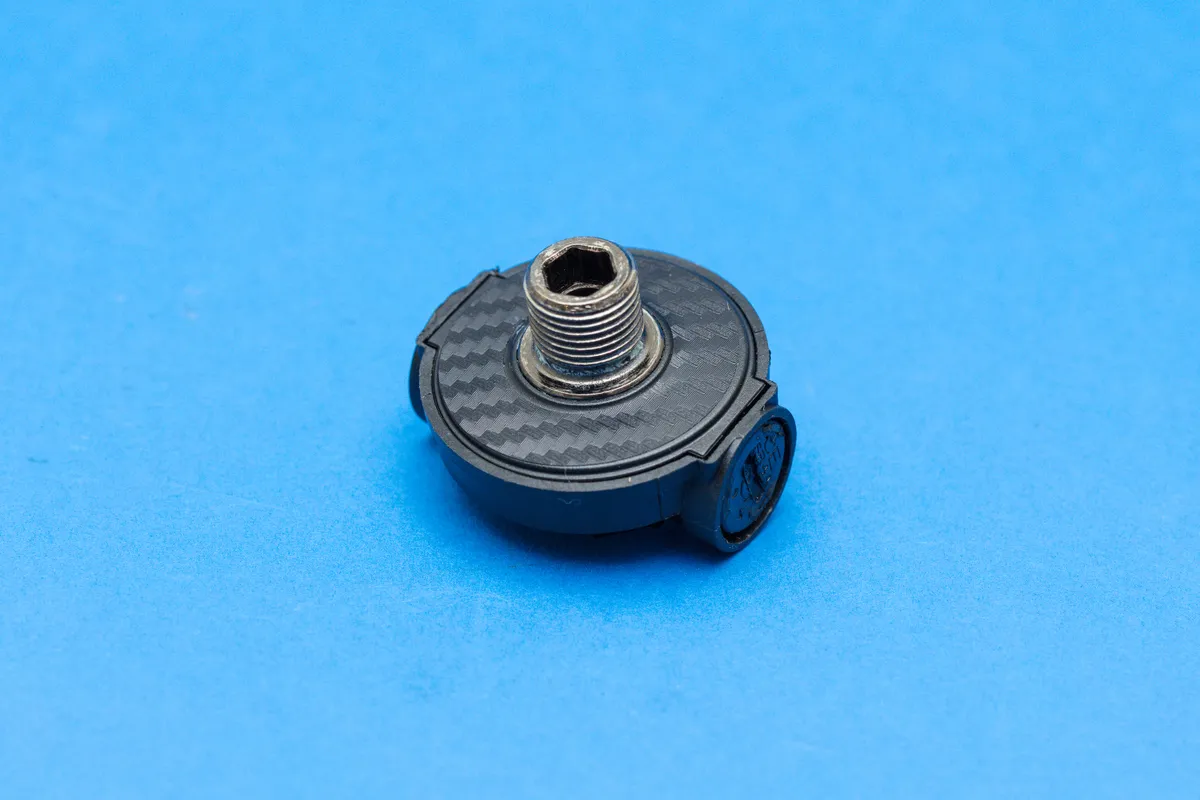
Although the Limits BIA is compatible with “road, time trial, triathlon, track and gravel bikes, as well as cross-country and enduro bikes”, it only has a waterproof rating of IP54.
In simple terms, this means it is resistant to water splashes only.
This doesn’t bode well for off-road or winter riding, or its ability to stand up to bike cleaning duties with a garden hose, let alone a pressure washer.
In contrast, most of the best power meters are certified to IP67 or IPX7, meaning they can withstand high-pressure jets of water, and immersion up to one metre for at least 30 minutes.
Limits BIA installation
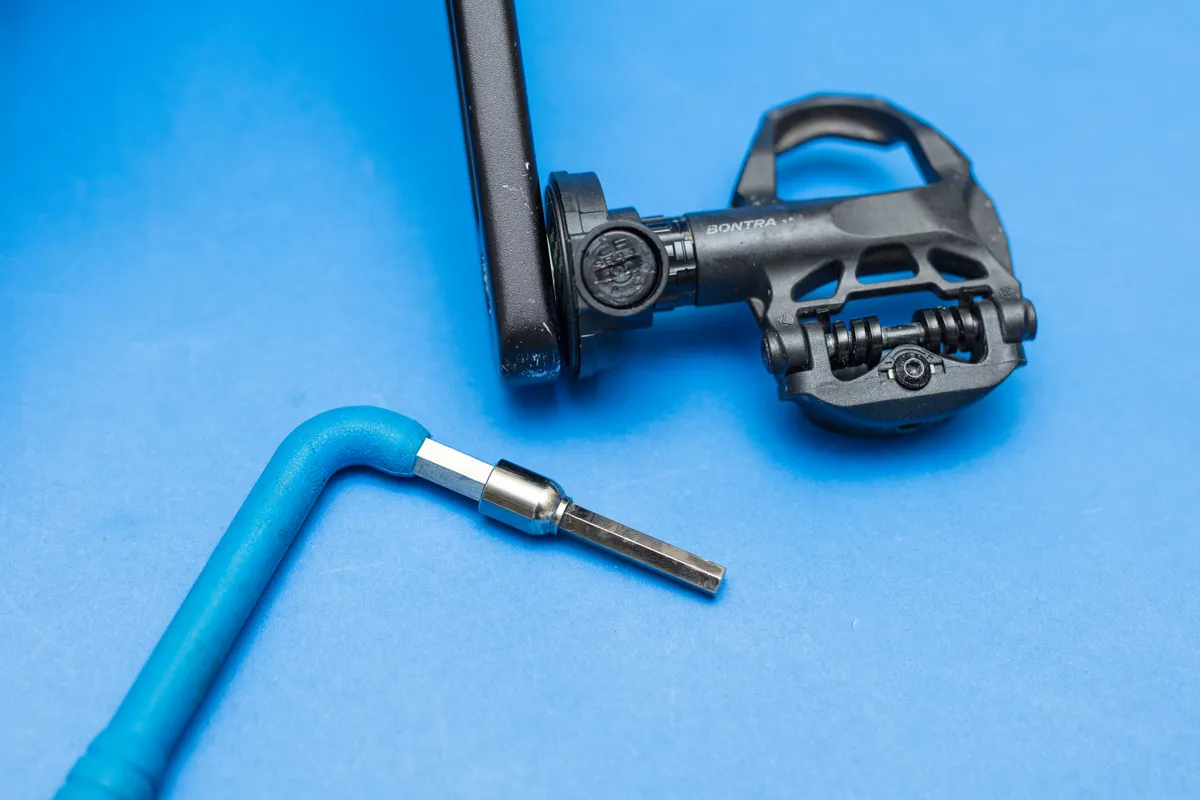
As already noted, the Limits BIA power meter sandwiches between your pedal and non-driveside crank using standard 9/16in threads.
This means installing it and the 18mm driveside pedal extender is almost as easy as changing your pedals.
You do need a torque wrench (with an 8mm bit) to tighten the power meter pod to 30Nm, but this is fairly typical for power meters.
If your pedals don’t install via a 15mm spanner, there’s also a little bit of fussing with two small 8 to 6mm Allen key adaptors.
These enable you to put the included long-reach 6mm Allen bit through the back of the crank and power meter, and install pedals designed for an 8mm Allen key, such as Wahoo Speedplay Zero pedals.
Using the Limits BIA power meter on carbon cranks
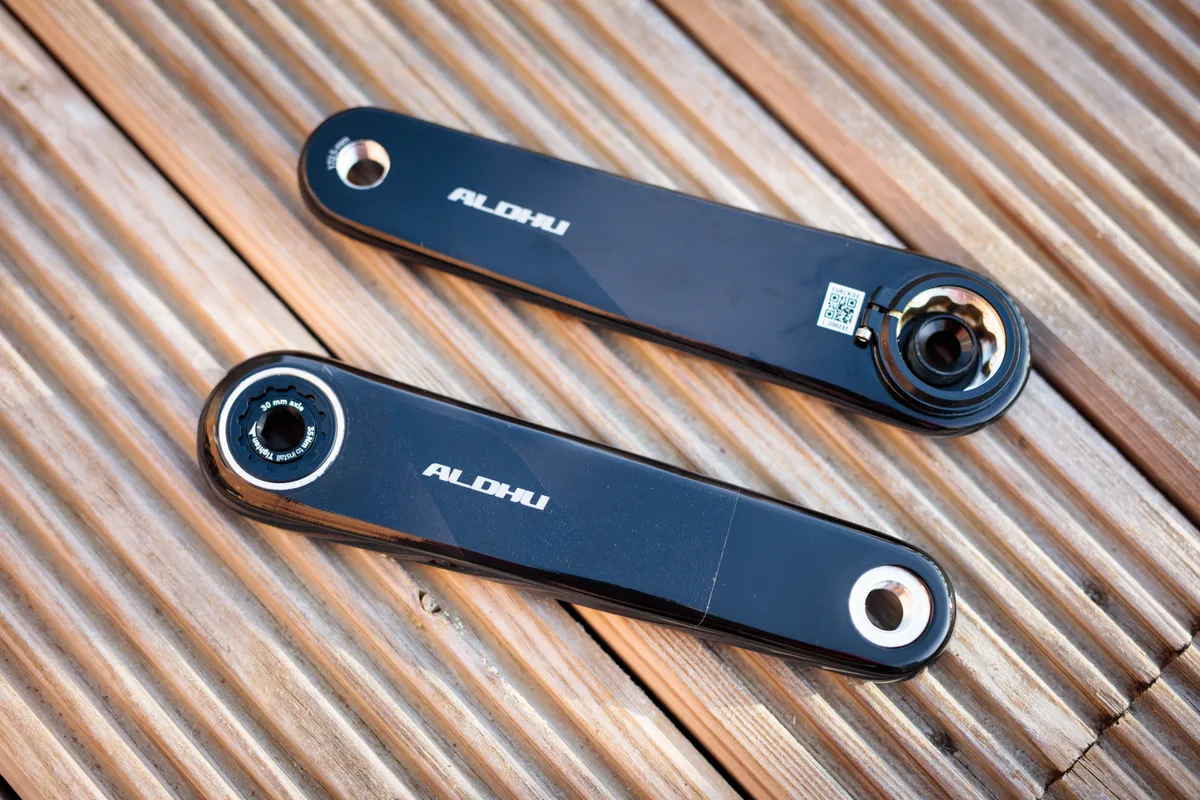
It’s worth noting some manufacturers of pedal extenders – such as Steve Hogg Bike Fitting – explicitly recommend against using them with carbon fibre cranks.
This is because they create a longer lever with the pedal, potentially increasing the torsional load through the spindle beyond what the bonded-in pedal threads are designed to tolerate.
FSA, which uses carbon cranks on its K-Force WE groupset, also recommends against the use of pedal extenders with its carbon cranks because they have not been tested to accommodate them.
It did, however, say owners of FSA carbon cranksets could contact FSA to check the compatibility of specific combinations, in instances where pedal extenders are deemed necessary.
If your bike has carbon cranks, it’s therefore worth checking with the manufacturer before using a Limits BIA power meter and corresponding driveside pedal extender.
Limits BIA connectivity
The Limits BIA power meter is both ANT+ and Bluetooth compatible.
I was able to connect to a series of Garmin Edge bike computers via ANT+ without issue.
However, I wasn’t initially able to connect to Zwift via Bluetooth on a MacBook Pro, or to my iPhone SE.
Limits clarified that once you’ve connected to the Limits BIA via either ANT+ or Bluetooth and calibrated it, the other protocol is disabled in order to improve battery life.
To reactivate the alternative channel – for example, in order to connect to Zwift via Bluetooth after using ANT+ to connect to a bike computer – you need to reset the Limits BIA by removing and reinstalling one of the batteries.
This reactivates both channels until you next connect to the Limits BIA via one of them and calibrate it, at which point the other will be switched off again.
Doing this, I was then able to connect the Limits BIA to Zwift via Bluetooth.
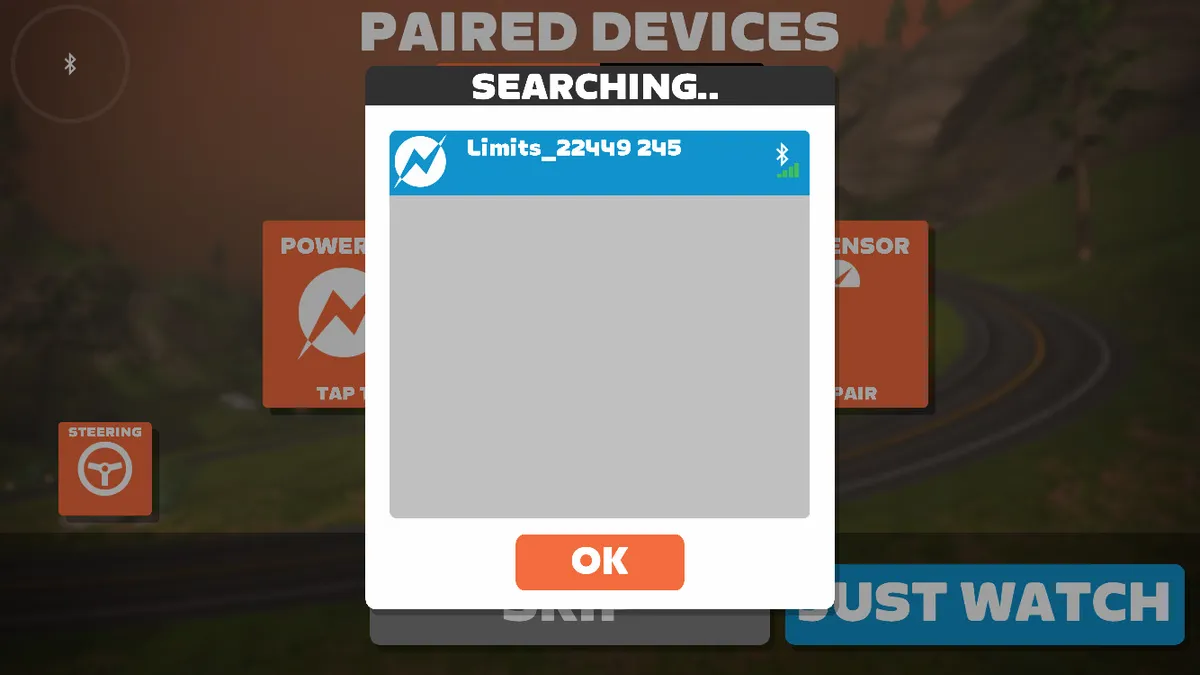
Compared to most other modern power meters, which broadcast data over both channels simultaneously, this is inconvenient.
Considering the fragility of the battery doors, I also have reservations about how they’d cope with frequent use in this manner.
You could work around this by using a bike computer that connects to the Limits via Bluetooth to keep that channel live at all times, or by using ANT+ on your bike computer and an ANT+ dongle on whatever device your indoor cycling app is running on.
Either would, in theory, negate the need to switch between broadcasting methods when moving between outdoor and indoor cycling.
Not all bike computers have Bluetooth connectivity for power meters (particularly older models, such as the Garmin Edge 810), though, and not all smart devices are compatible with ANT+ dongles, either. These solutions therefore won’t work for everyone.
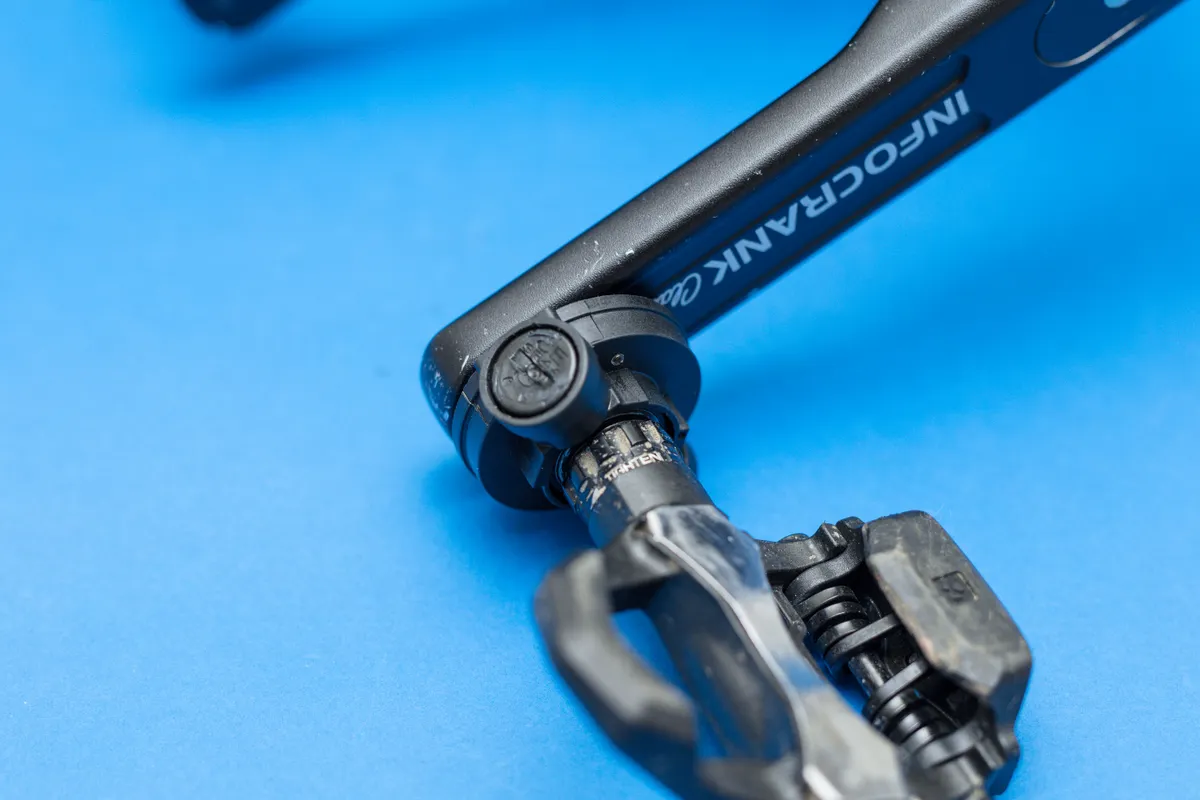
Limits hasn’t yet produced a support app for the BIA either.
You can check what firmware the BIA is running using a bike computer, but updating it requires the use of a smartphone with a third-party app called nRF toolbox (available for iOS and Android devices), and a desktop computer to transfer the firmware update to your smartphone.
The process isn’t impossibly complicated, but it’s far from the seamless experience you get with the Favero Assioma, Stages Power or SRAM AXS apps, for example.
I also had to query this directly with Limits, because this information isn’t currently publicly available on its website. Searching ‘limits power meter firmware’ surfaces a troubleshooting page, but at the time of writing, clicking on it simply returns a message saying “page not found”.
Limits said it is planning to develop its own support app within the next three to six months, but also noted that a firm timescale is yet to be confirmed.

Limits BIA usage notes
Once on the bike, there’s no ignoring the huge increase in Q-Factor (the distance between the two pedal threads on each crank arm) and the effect this has on your stance width (the distance between the centre lines of your two pedals).
Adding 36mm of width to the 148mm Q-Factor of the Verve InfoCrank Classic power meter crankset installed on my Giant TCR Advanced Pro Disc made for a total Q-Factor of 184mm.
To justify this increase, Limit says correctly that Q-Factors, and therefore stance widths, vary substantially across different types of bikes.
A Shimano Dura-Ace R9200 road crankset, for example, has a Q-Factor of 148mm, while its XTR M9100 mountain bike cranksets are available with Q-Factors from 162 to 174mm.
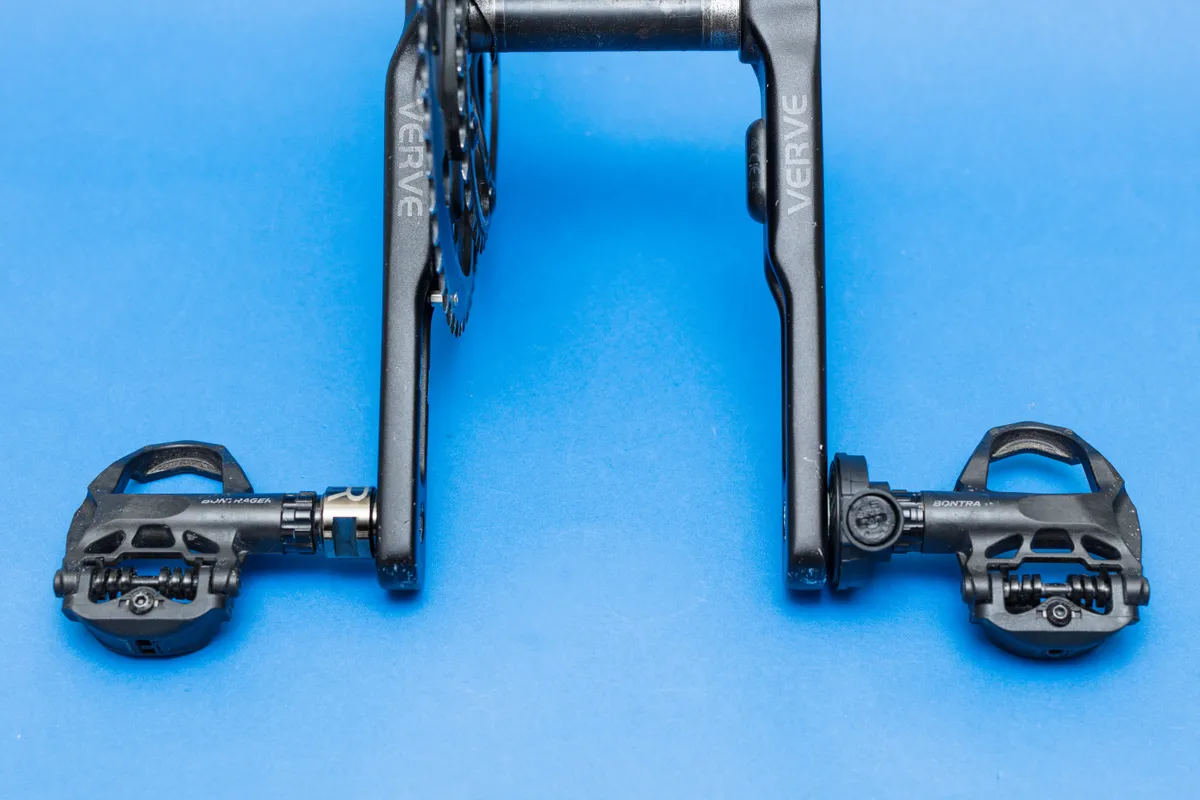
It’s also true that some of the best road bike pedals offer spindles of differing lengths to enable stance width to be tailored to an individual’s bike fit.
Because of these factors, Limits implies stance width doesn’t really matter, saying “Q-Factors vary significantly across road, mountain bike and indoor trainers, without it affecting your riding.”
I disagree with this assessment, however.
It is fair to say that optimal stance width is highly personal, and for some, this precise amount of Q-Factor may be ideal.
I found it to be very uncomfortable, though, and there’s no way of adjusting or optimising it with the Limits BIA (beyond the few millimetres potentially available with your cleat and pedal system of choice). You get 36mm extra width regardless of whether that’s what you want or need.
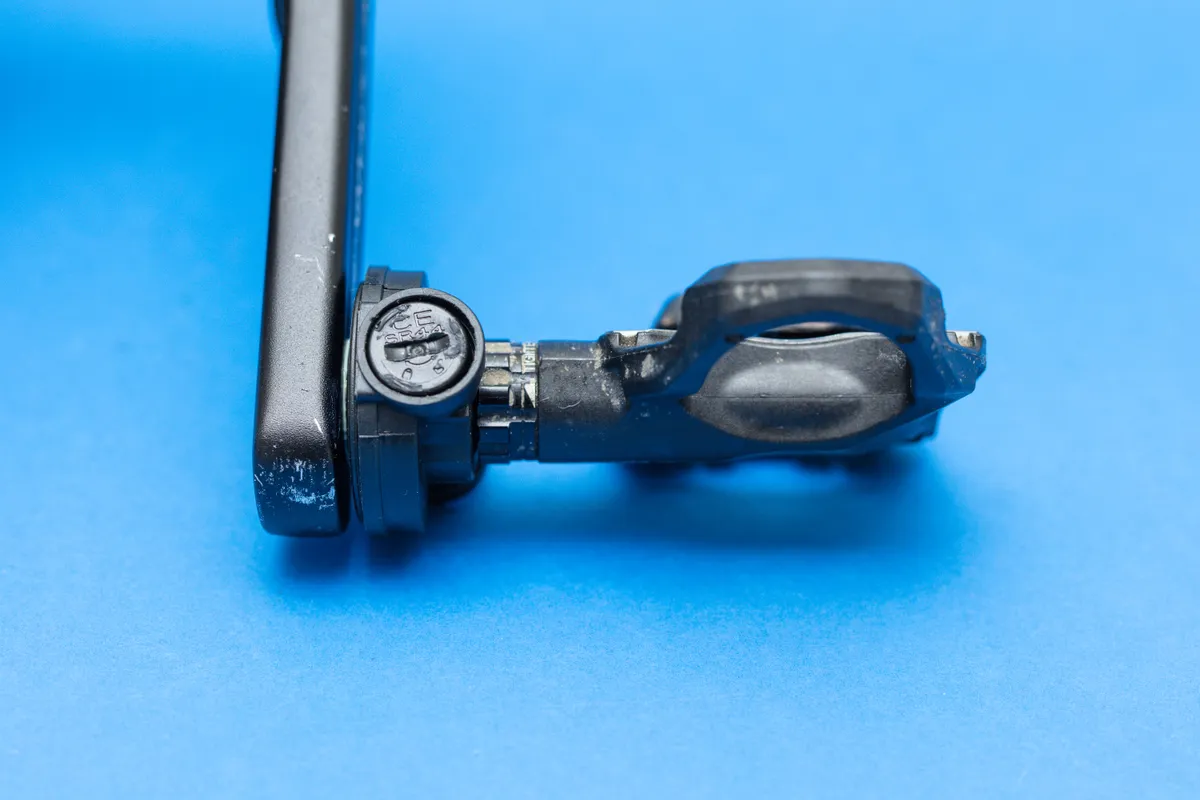
While riding, I couldn’t shake the feeling my knees weren’t tracking in a natural way, and of wanting to pull my feet in towards the bike.
Far from adapting to the change, by the end of my test rides with the Limits BIA power meter, my knees were feeling quite sore.
Your experience may differ but, ultimately, a power meter should not introduce significant changes to your bike fit, not least if you have previously been comfortable on the bike.
If a greater stance width is something you want or need, it should be done independently of a power meter and optimised to your personal requirements, preferably with the help of a professional bike fitter.
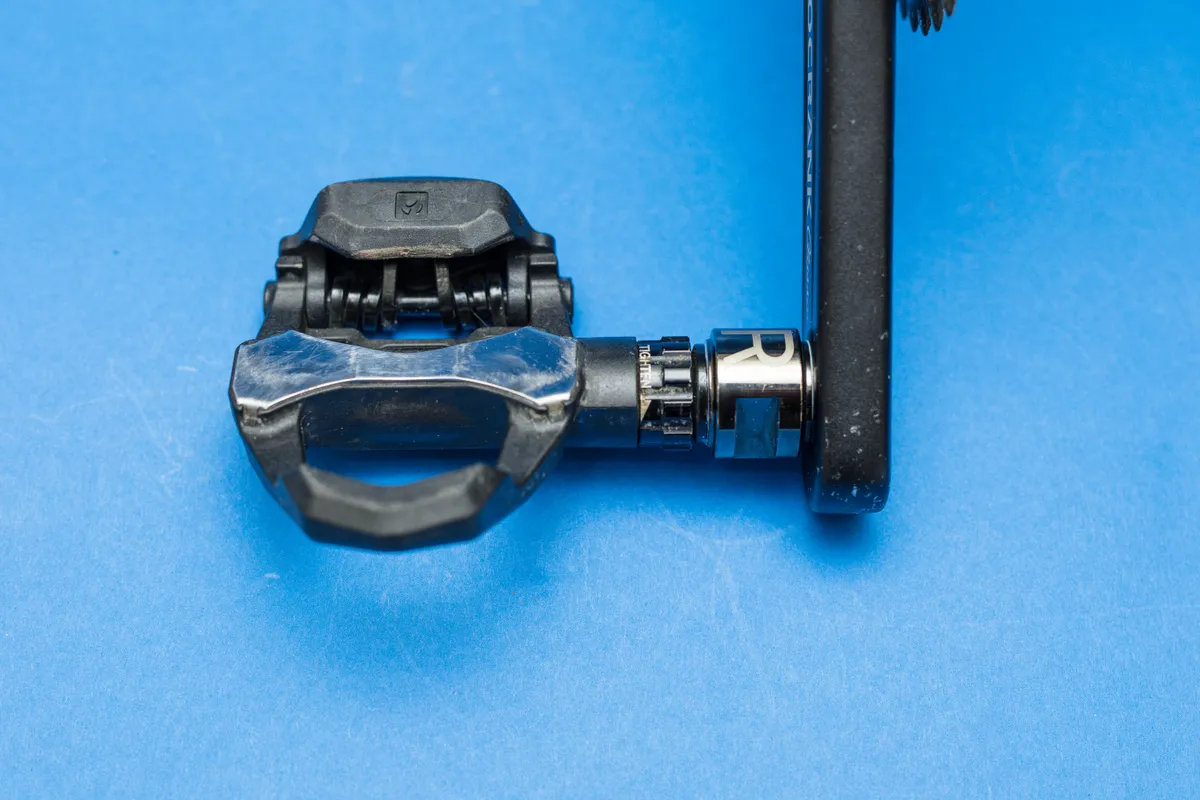
Limits BIA battery life
Limits claims the BIA power meter has a battery life of 80+ hours.
In my testing, the first set of batteries died some time after my initial test ride but before my second ride.
After an hour and a half of riding in the rain, I washed my bike as normal, put it away and came back to it the next day to find the Limits BIA completely unresponsive.
Replacing the batteries with fresh ones solved the issue immediately.
80 hours of time hadn’t even passed, let alone 80 hours of riding time, so something was clearly awry here too.
Coming back the next day after an indoor ride, the new set of batteries I’d installed were still working seemingly without issue.
Limits says there are no known issues relating to battery drain after wet rides, so it’s possible the first pair of batteries was simply a dud set.
Limits BIA data accuracy
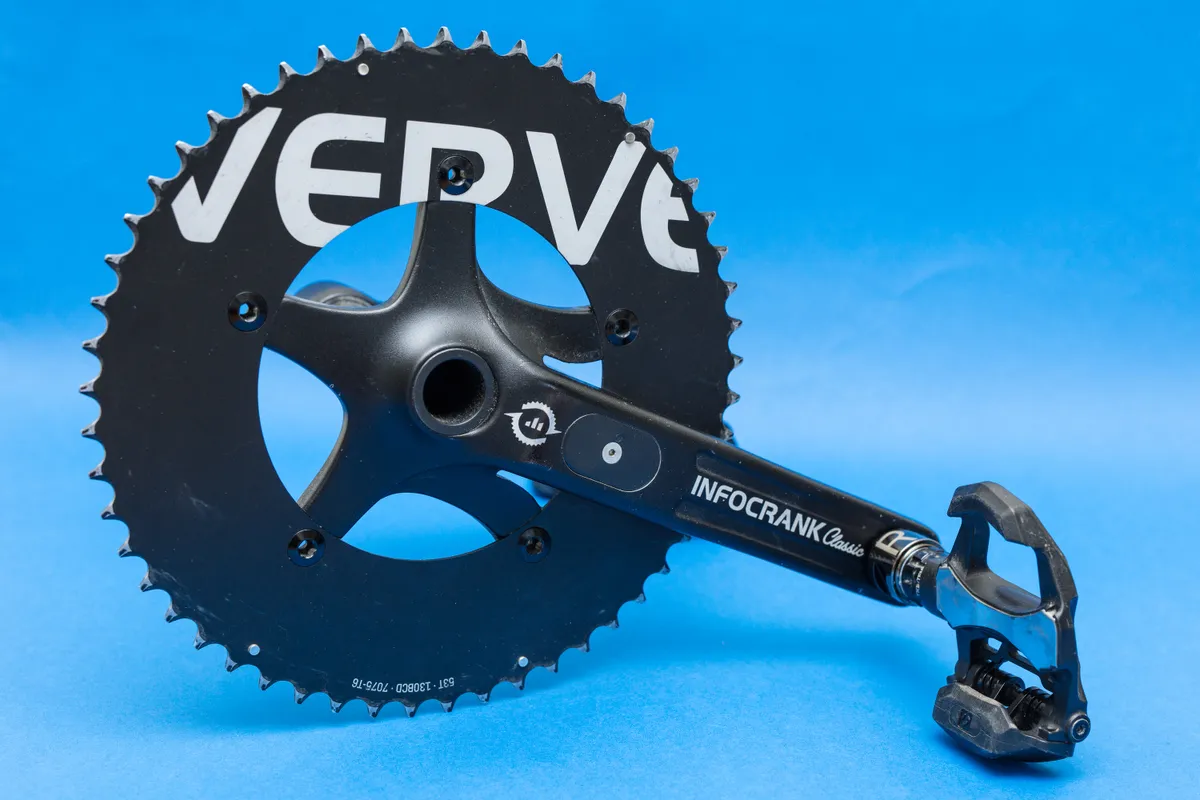
Limits claims the BIA power meter is accurate to +/- 2 per cent, which would be perfectly acceptable at this price point, provided it was consistent.
Limits doesn’t quote a range for power or cadence, so it’s not clear what the minimum and maximum values it can measure are.
Unfortunately, my testing appears to show the Limits BIA power meter is neither accurate nor consistent.
As per the instructions, after installing the Limits BIA on my bike, I completed a 10-minute ride and then stopped to do a zero-offset calibration (akin to pressing ‘tare’ on a digital scale).
From the start of my ride, the power data didn’t tally with the other power meters on my bike, but the first zero-offset actually made things substantially worse.
Though cadence data was generally good, the power data it produced didn’t remotely match that produced by my benchmark power meters, a Verve InfoCrank Classic (a dual-sided power meter crankset) or a set of Favero Assioma pedals set to record left-only power.
So obvious was the discrepancy that I stopped again after 30 minutes to perform a second zero-offset. The calibration value displayed by my head unit shifted slightly, but everything was still way off for the rest of the ride.
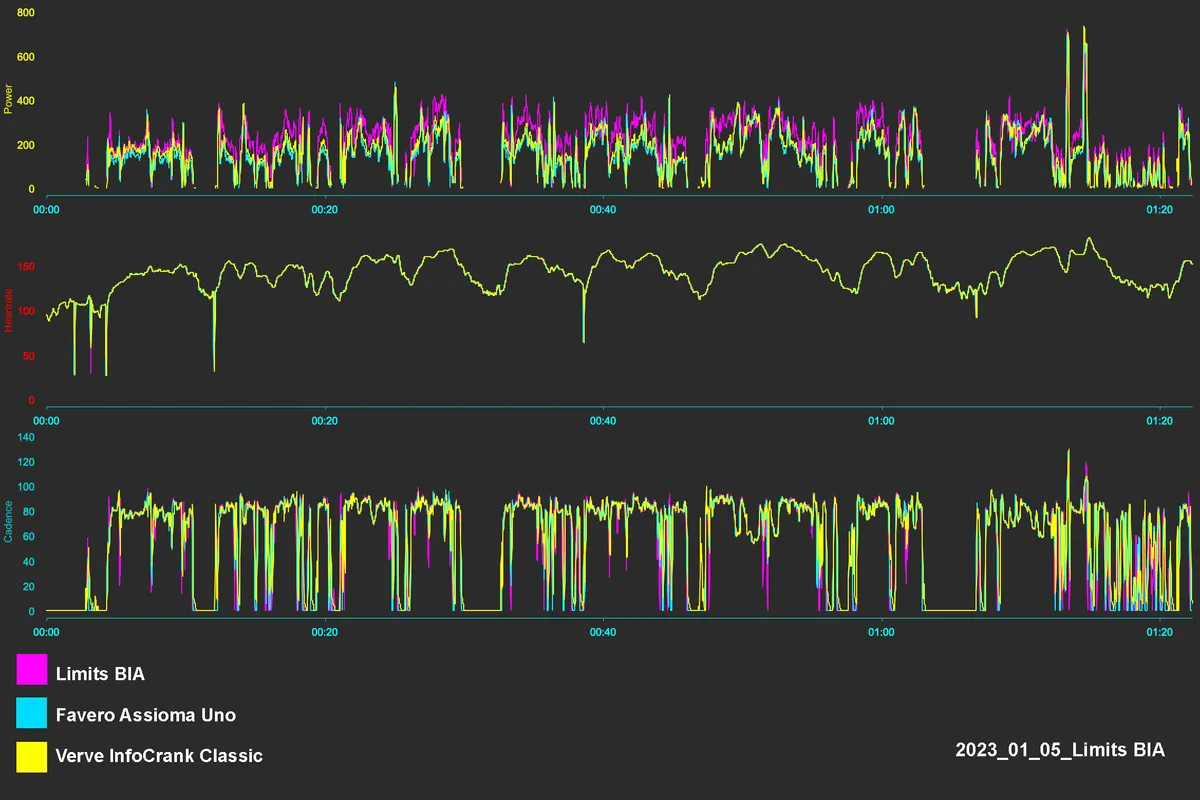
Critically, this didn’t appear to be solely a zero-offset issue, because the discrepancy between the Limits BIA and my other power meters shifted significantly depending on how I was riding (as opposed to simply being off by a consistent amount at all times).
When pedalling in the saddle, for example, it over-reported power compared to the other power meters on my bike (by nearly 30 per cent, on average, during one ride).
When climbing out of the saddle, however, it would then under-report by around 10 to 15 per cent.
It was possible to repeatedly replicate this simply by sitting down and then standing up again.
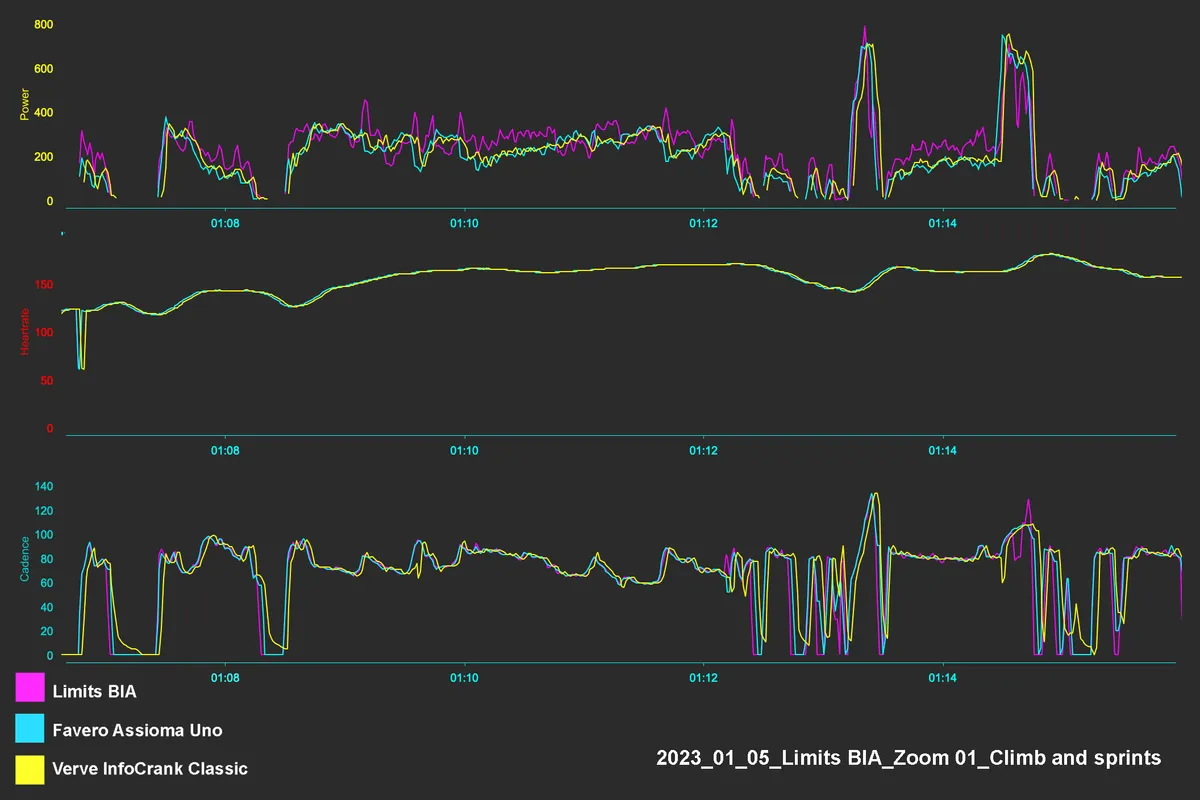
In sprints, though it recognised the initial rise in power output, it wasn’t able to capture the rest of the effort with precision.
Indoors, with my bike on a smart trainer, things improved significantly after another 10-minute warm-up and a further zero-offset.
On average, the power data was now much closer to that of the other three power meters (the Verve cranks, Favero pedal and Elite Direto XR smart trainer).
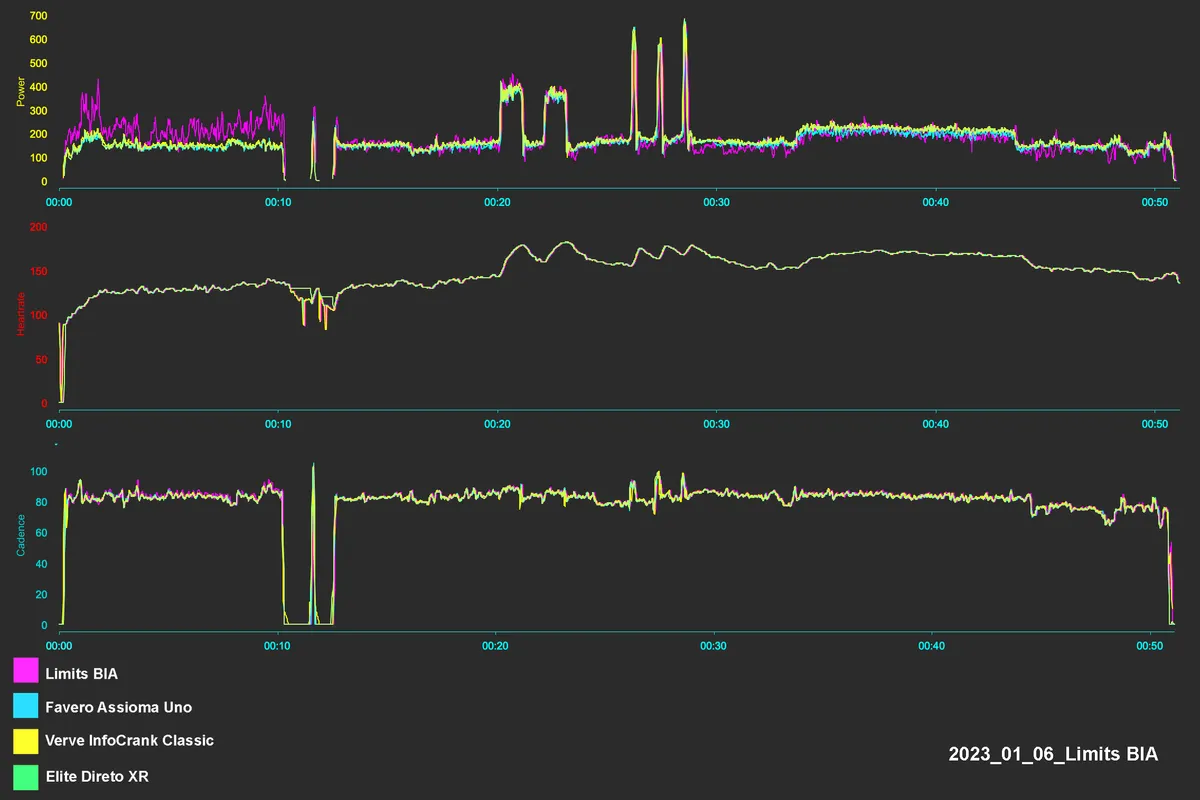
However, the consistency still wasn’t adequate.
Post-ride analysis shows the power data is generally spiky, with frequent over- and under-reporting errors.
It was possible to detect more prolonged periods while riding where the Limits BIA would report noticeably too high or low for no apparent reason.
I was also able to induce the same behaviour seen outside, where the Limits BIA would shift to reporting noticeably lower when standing up on the pedals compared to when pedalling in the saddle.
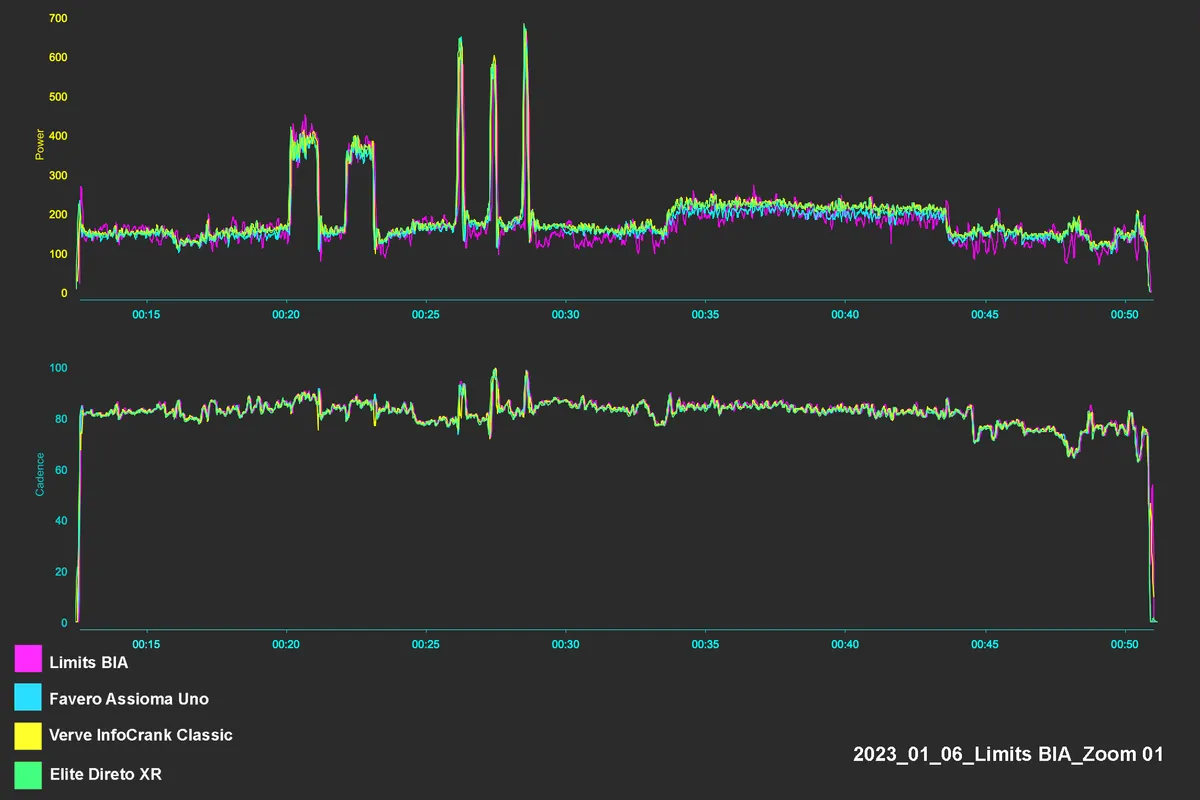
Given all this, the data produced by the Limits BIA power meter is, in my opinion, not accurate or reliable enough to use to follow a training plan, target specific power zones or pace an effort during a race.
Though the data did improve considerably when riding indoors, it still wasn’t good enough.
The two zero-offsets performed outdoors were also nominally successful according to my head unit, and gave no indication anything was awry.
For the average person, who may not have years of experience or multiple power meters to cross-reference the data against, you need to have a degree of faith in the numbers being displayed on your one screen.
This is impossible with the Limits BIA.
Limits BIA bottom line
Ultimately, the Limits BIA doesn’t deliver on any of the basic functions of a good power meter.
It may well be cheap, but ‘cheap’ does not automatically translate to good value – in this case it’s a false economy.
Even if it produced good power data – which, during my testing, it didn’t – the compromises in build quality and bike fit alone would still be deal-breakers.
In 2015, when power meters were expensive and there were relatively few options available, I can understand why Limits captured people’s interest.
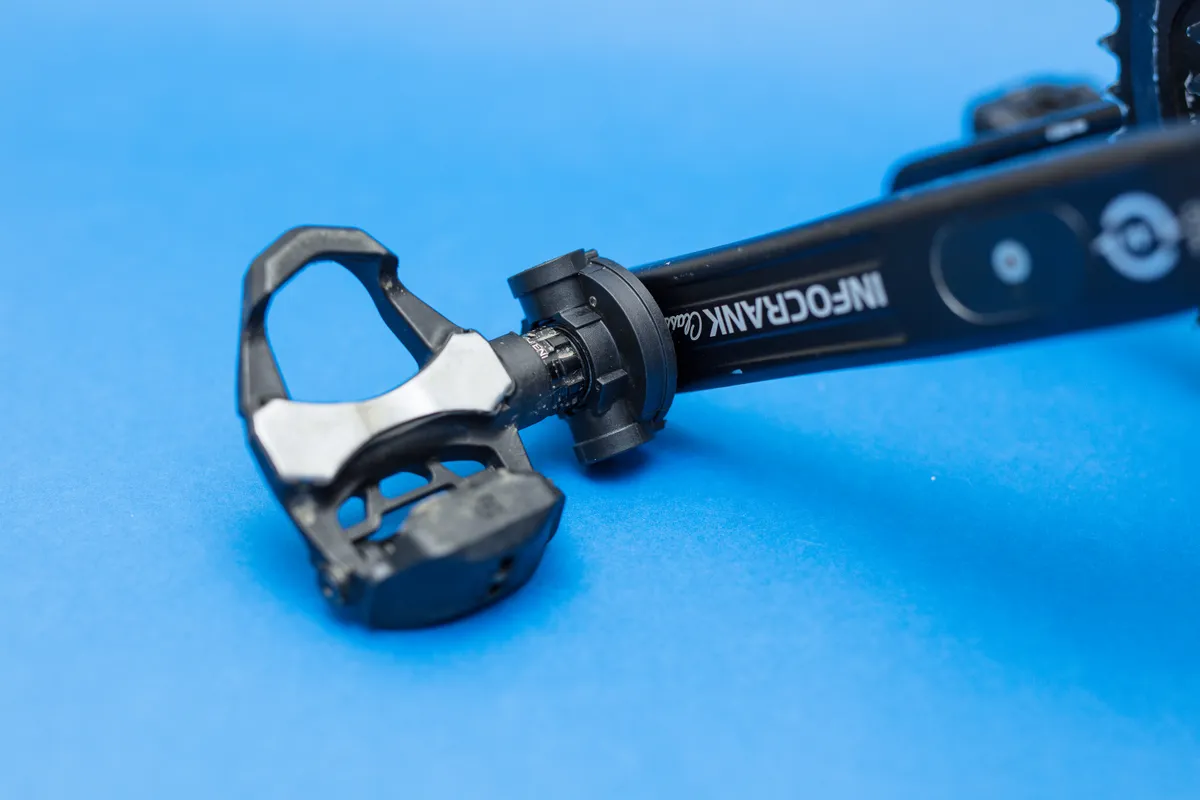
However, power meter prices have fallen considerably since then and there are multiple crank-based options available for the same, or only a little more, money (such as those mentioned earlier in this review).
Each of these alternatives offers a proven track record of performance and durability, and would almost certainly not impact your bike fit in such a significant way.
These are tied to specific crank designs, such as Shimano Hollowtech II or SRAM DUB, but this is a far more palatable compromise than those offered by the Limits BIA.
Pedal-based power meters, such as the Favero Assioma Uno or Garmin Rally RS100, are considerably more expensive at £449 and £549.99, respectively.
However, both offer significantly better performance, build quality and user-friendliness, as well as an easy upgrade path to dual-sided power measurement in the future.
Product
| Brand | Limits |
| Price | £239.00 |
| Weight | 92g |
Features
| Power meter type | pedal |
| Connectivity | antPlus |
| Connectivity | bluetooth |
| Battery | SR44 coin cell (x2) |
| Battery life | 80+ hours |
| Claimed accuracy | +/- 2 per cent |

